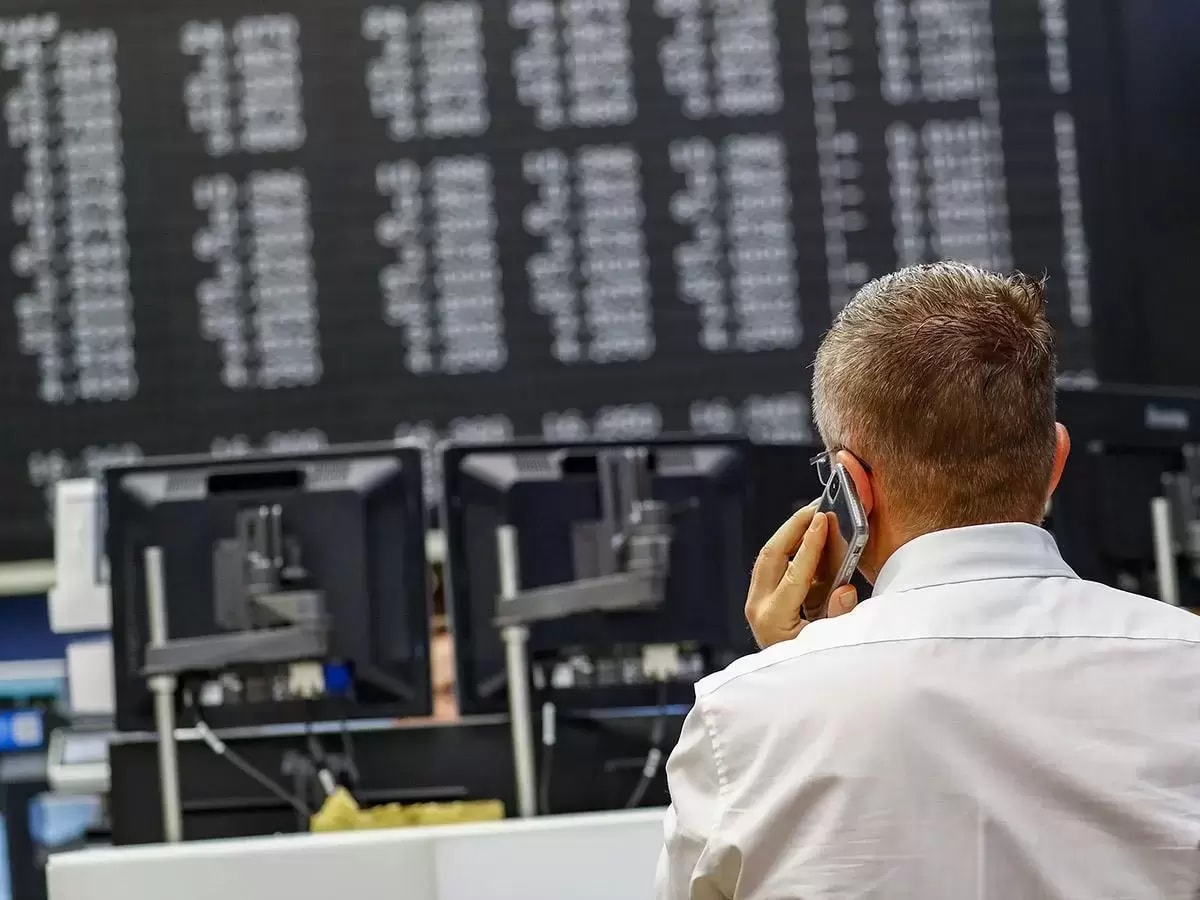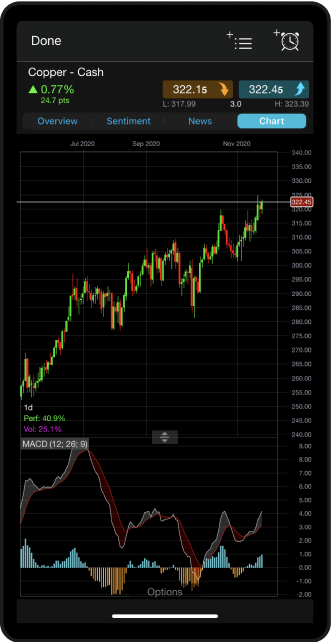How to become a trader
If you want to learn how to become a trader, this can be broken down into several steps, each building on the knowledge and experience of the last. Going through these steps will potentially improve your chances of becoming a confident day trader, swing trader, or long-term position trader.
The more detail and effort put into each and every one of the following steps, the better a trader may be at identifying trading opportunities and potential pitfalls. Consider opening a free demo trading account to generate, practice and refine your trading approach and strategies, as outlined below.



















